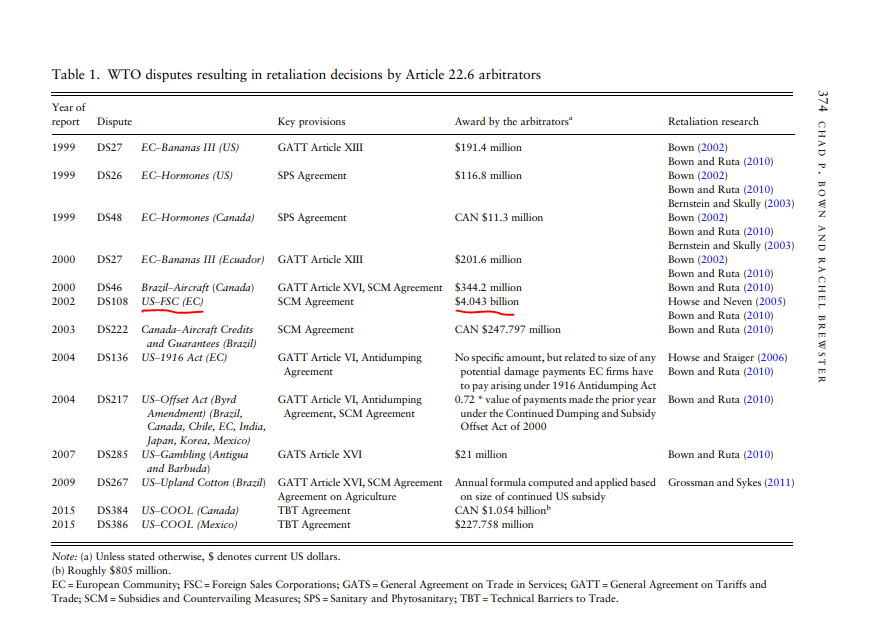filtering states the problem as :
find p(x | z_{1:t}) i.e. a distribution over states given all observations so far
argmin_x (E(x, z_{1:t}) i.e. a state such that some energy E is minimized
you can do something analogous by perturbing your argmin_x (gonna call it x* now) which tells you how sensitive your minima is in various dimensions
someone on here called it a running average, which is not too far from truth
what i am curious about is whether it is meaningful to filter over intermediate optimization results (this has come up in two problems I've worked on now)





